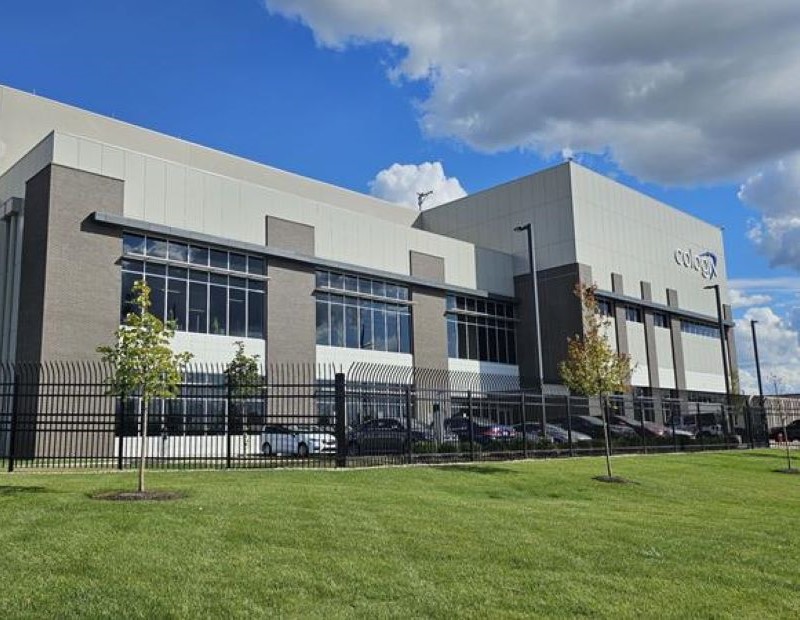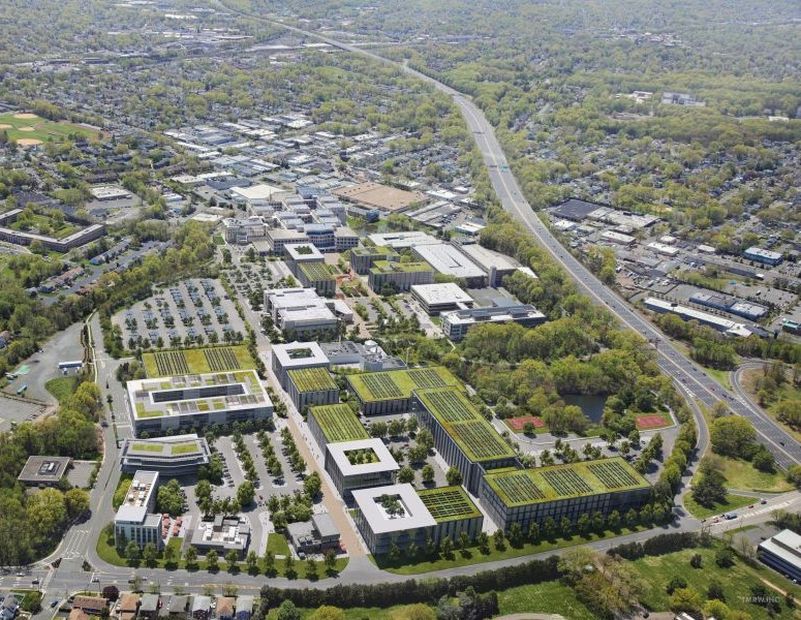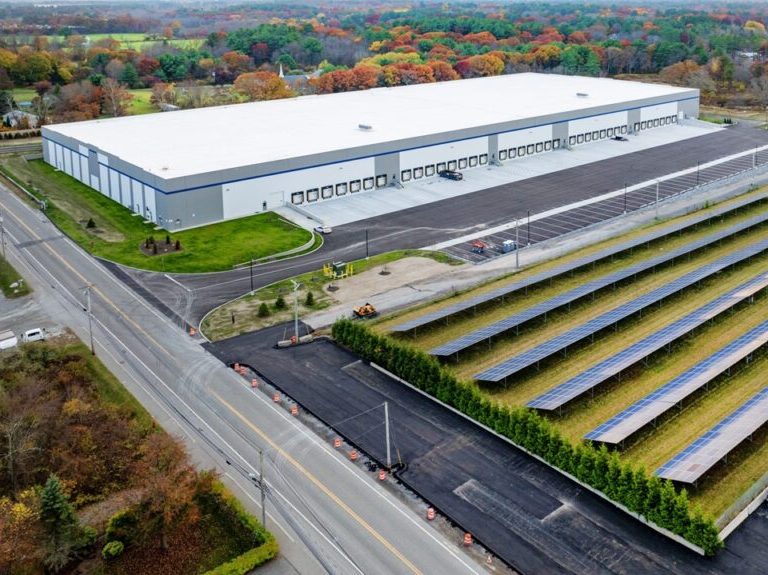Energy’s Promise
Commercial real estate’s high level of energy consumption and resultant potential for cost savings have long provided incentive to pursue improvements in temperature regulation, lighting, ventilation, and energy collection and return.
By Suzann D. Silverman
Commercial real estate’s high level of energy consumption and resultant potential for cost savings have long provided incentive to pursue improvements in temperature regulation, lighting, ventilation, and energy collection and return. Commercial real estate properties spent some $183 billion on energy in 2015, according to a recent report from the American Council for an Energy-Efficient Economy. And with energy costs representing what Energy Star estimates to be a third of buildings’ operating budgets, no wonder the Better Buildings Alliance has attracted 69 sector partners, representing 6.6 billion square feet of floorspace and seeking to decrease these expenses. Many of those partners are so committed to advancing energy improvements in the industry, they are actively engaged in sharing their best practices with other firms.
While savings range widely—with some 20 percent of properties improving their performance by 10-20 percent, another 20 percent by 0-10 percent, and a further 20 percent not at all, according to the alliance’s 2017 report—properties netting greater than 20 percent savings comprise about 30 percent of the total. Real estate owners achieving such large savings across their portfolios include Lendlease, the Hartford Financial Services Group Inc., Deutsche Asset Management, The Tower Cos. and Shorenstein Properties.
Such success stories should inspire a race to join in, especially since the ability to cut costs continues to improve with the introduction of technologies that better measure, manage and maintain energy utilization. Thus, while the ACEEE report noted that back in 2012 a Rockefeller Foundation-Deutsche Bank study identified an estimated $72 billion in available upgrades, surely that number is higher today. Meanwhile, more lenders are becoming comfortable with the risk-benefit ratio, making it easier to finance such projects. Additional benefits include the growing evidence of increased ability to obtain both higher rents and sales prices for buildings that feature energy efficiencies and other sustainable elements.
Nonetheless, energy improvements remain very much in the new building domain, with just 2.2 percent of existing commercial buildings retrofit each year, reducing operating costs by only 11 percent, according to the ACEEE. That leaves plenty of untapped potential, especially in larger cities dominated by older buildings, which feature outdated HVAC systems, leaky windows, poor insulation and inefficient lighting. Proliferating municipal requirements to reduce greenhouse gases and report performance for benchmarking purposes are pushing more owners to take steps to upgrade their properties. The question remains, though, how many will embrace the benefits rather than waiting until they are forced to move forward.
Originally appearing in the October 2017 issue of CPE.








You must be logged in to post a comment.